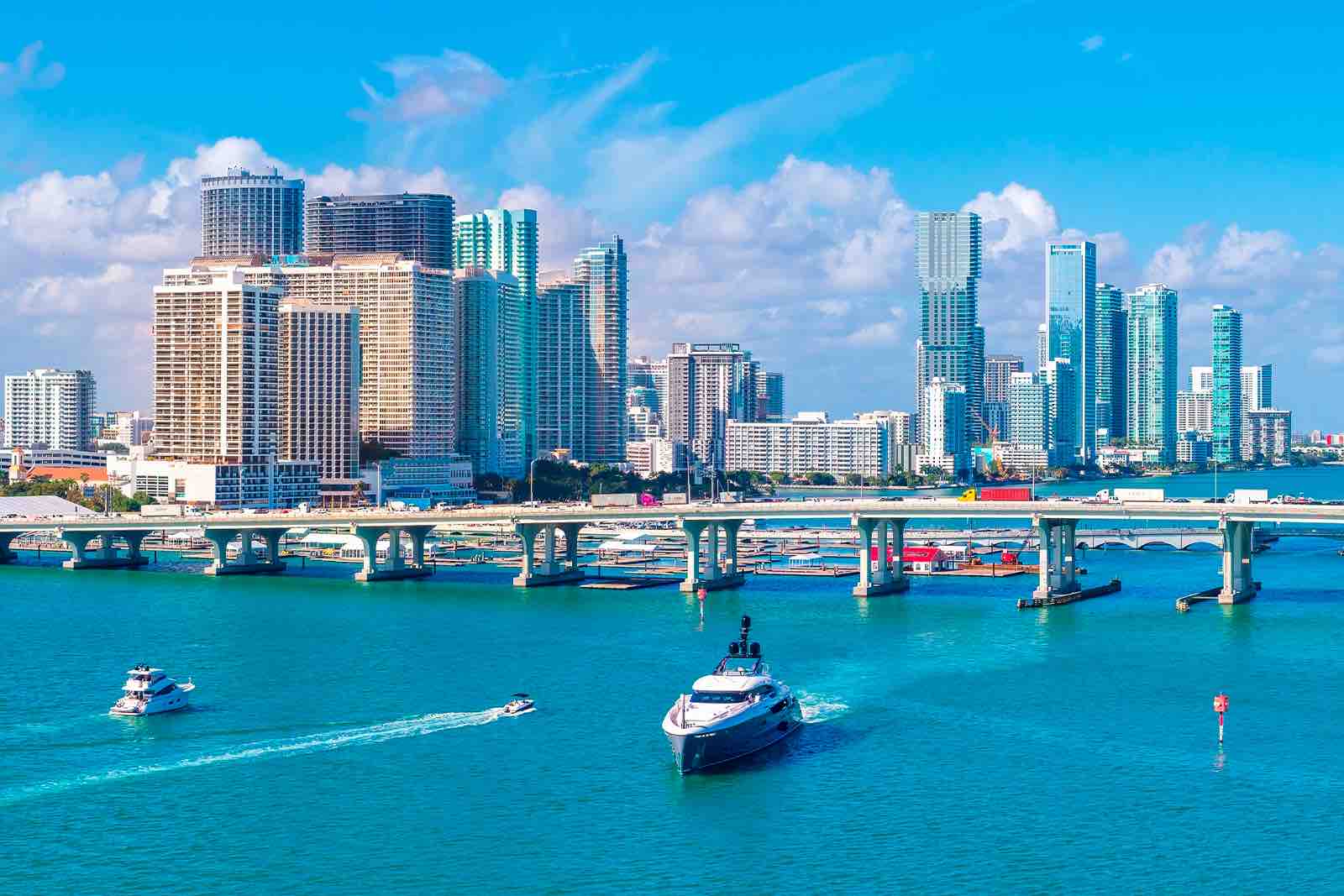USCIS will adjust EB-5 Program fees this 2024: What you should know
In a move that has caught the attention of investors and immigration professionals, the US Citizenship and Immigration Services (USCIS) has announced a substantial adjustment to the EB-5 program fees effective April 1, 2024 We tell you the details at BAI Capital.
Since 2016, the U.S. Citizenship and Immigration Services (USCIS) has published a final rule adjusting the EB-5 Program fees and other prices related to immigration and naturalization benefits.
This change marks the first time in more than seven years that USCIS has increased fees in order to recover a more significant portion of its operating costs.
The rate adjustment, which will take effect on April 1, 2024, seeks to allow the government entity to recover a larger portion of its operating costs, which the agency says will speed up the processing of new applications.
Joey Barnett, partner at WR Immigration, commented: “We knew fee increases were on the way, but we didn’t know when. Now we know, starting April 1, 2024.”
This update follows a price review required by law. The results revealed that the current immigration fee schedule did not meet USCIS’ goals of recovering the full costs of agency operations and other essential requirements, such as hiring additional staff.
Ur M. Jaddou, Director of USCIS, mentioned in a statement that this increase is necessary to meet the needs of the agency and provide more timely decisions to those who USCIS serves.
Despite years of underfunding, Jaddou highlighted progress in customer service, reducing case backlogs, implementing new processes and programs, and maintaining fairness, integrity and respect.
Criticisms that arose after the USCIS announcement
Daniel B. Lundy, partner at Klasko Immigration Law Partners, expressed skepticism about USCIS’ workload forecasts.
He doubts that 400 applications per year will be submitted, stating that the figure of 600 project applications per year also seems too optimistic.
Lundy suggests that USCIS could be basing its overall budget on these assumptions, meaning the agency may have less revenue than expected.
Additionally, Lundy points to the relationship between EB-5 fees and the overall USCIS budget. It suggests that the agency could be diverting funds from the EB-5 program to cover other operations, which could negatively impact the efficiency of processing EB-5 applications.
It also highlights the need for greater transparency by USCIS regarding the use of revenue generated by EB-5 fees.
Question the destination of these funds and wait for clear answers on how applicants from the EB-5 program will directly benefit.
Impact on EB-5 Application Fees:
USCIS has published a complete list of the revised rates that will go into effect on April 1, 2024. It is noted that there will be a grace period until June 3, 2024, during which previous editions of most of the forms.
Joey Barnett advised potential investors not to wait to file their applications, especially those with I-829 filing windows before April 1, 2024, to avoid additional costs.
For example, the current fee for EB-5 Forms I-526/I526E of $3,675 will increase to $11,160, and the fee for Form I-829 of $3,750 will increase to $9,525.
Lundy criticizes the apparent diversion of EB-5 fees to fund other USCIS operations, and questions the logic of a $48,000 I-956 filing fee being plausible.
Additionally, Lundy notes that EB-5 investors could expect faster processing of their claims due to increased fees, but cautions that history suggests otherwise. USCIS has faced previous criticism for long processing times, and this increase raises expectations for improvement in that regard.
Challenges and future perspectives:
The fee increase raises expectations for faster processing of EB-5 petitions, but Lundy warns that based on history, investors are likely to be disappointed.
Additionally, he notes that the claim that EB-5 investors can shoulder the rate increase is offensive, considering the poor treatment of EB-5 petitioners over many years.
Barnett stressed that these rate increases are not related to the Rate Study required by the EB-5 Reform and Integrity Act of 2022. He warns that, once that study is completed, the EB-5 industry could face further rate increases.
Additionally, Lundy highlights the need for greater transparency by USCIS regarding the use of revenue generated by EB-5 fees. Question the destination of these funds and wait for clear answers on how applicants from the EB-5 program will directly benefit.
Other changes to immigration Fees:
USCIS has also updated other immigration fees, but notes that there will be no grace period for certain forms, such as the I-129 and I-140. The agency says these forms need revision with a new fee calculation, but applicants can access a preview version by April 1.
In short, while USCIS argues that the fee increase will help offset overall costs, it is recognized that funding from Congress will still be necessary.
The debate over the allocation of revenue generated by EB-5 fees remains an unanswered question until the fee study required by law is completed. The need for transparency and clarity in fund management remains a crucial point for applicants’ confidence in the EB-5 program.




